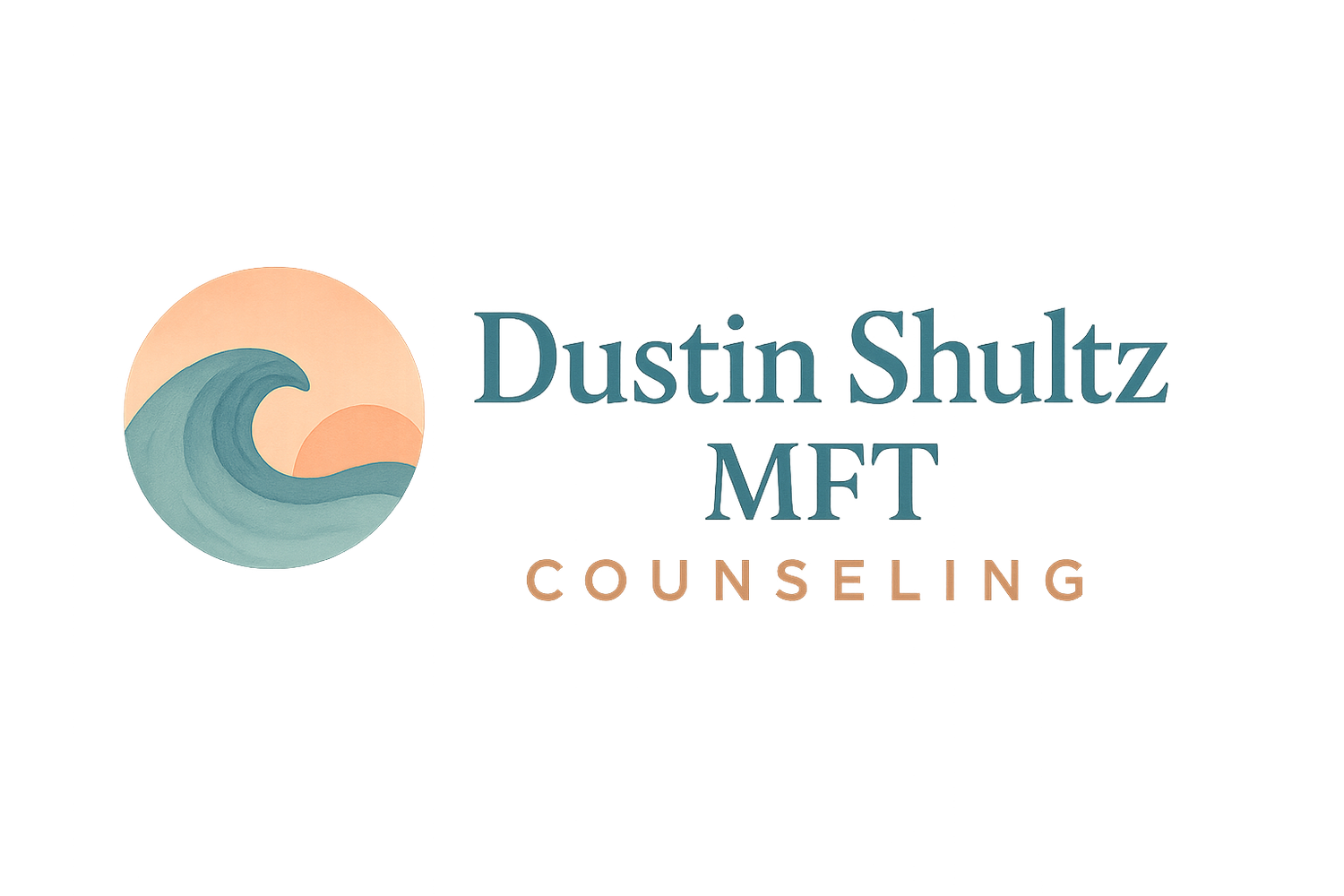How Therapy Actually Works (and Why It’s Not Just Talking)
/Many people come into therapy expecting advice, quick relief, or a few new tools. What surprises them most is that therapy is not about fixing you. It is about understanding you.
At first, therapy might feel like just talking. You share what has been happening, your struggles, and your history. But something deeper begins to unfold. Over time, the relationship itself becomes the space where healing starts to take shape.
1. Therapy is a Relationship, Not a Prescription
Good therapy is not about a therapist telling you what to do. It is about two people paying close attention to what happens between them. That relationship becomes a mirror, showing patterns that play out in the rest of your life. The goal is not advice. It is awareness and growth that come from being understood in a new way.
2. Talking Opens the Door, But Feeling Creates Change
Words help you describe what happened. Feelings show you how it still lives inside you. In therapy, talking creates safety, and when that safety deepens, emotion follows. Feeling what was once avoided is what actually creates change.
3. Healing Is Slow, Subtle, and Often Invisible at First
Therapy does not usually come with big “aha” moments every week. It is more like learning a new language for your inner world. Change shows up quietly. You notice less reactivity, more clarity, and more compassion toward yourself. Life begins to feel different even when the circumstances have not changed much.
4. The Therapist Holds the Space, But You Do the Work
Good therapy is a collaboration. Your therapist can hold space, reflect, and guide you toward insight, but the healing happens as you risk honesty, stay curious, and allow yourself to feel. The courage to show up again and again is where the real work happens.
5. Over Time, You Become Your Own Therapist
The deeper purpose of therapy is not dependence. It is integration. Over time, you internalize the voice of understanding that your therapist once offered. You begin to offer it to yourself.
That is when you know therapy has worked. Life does not necessarily become easy. It is that you are no longer alone inside your experience.


